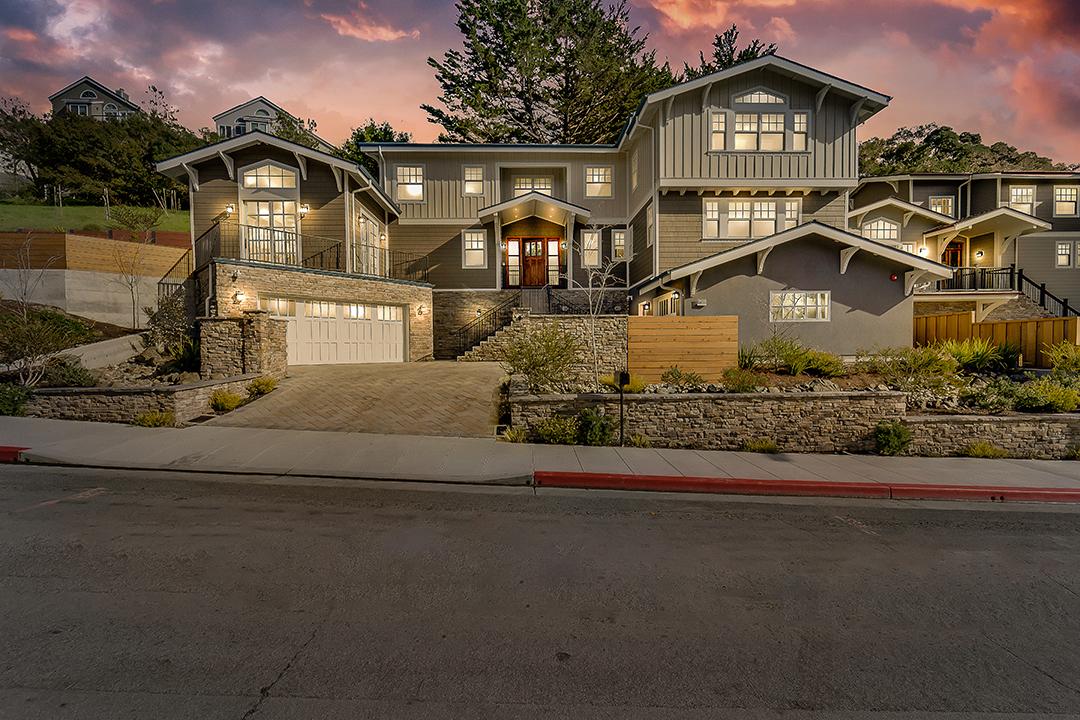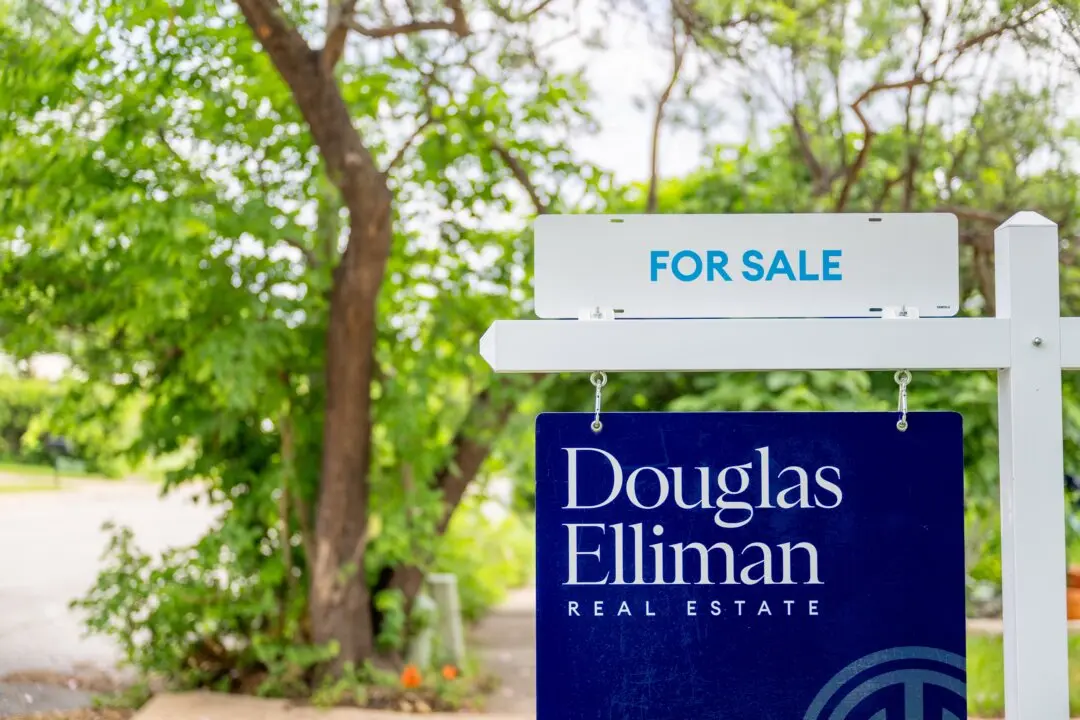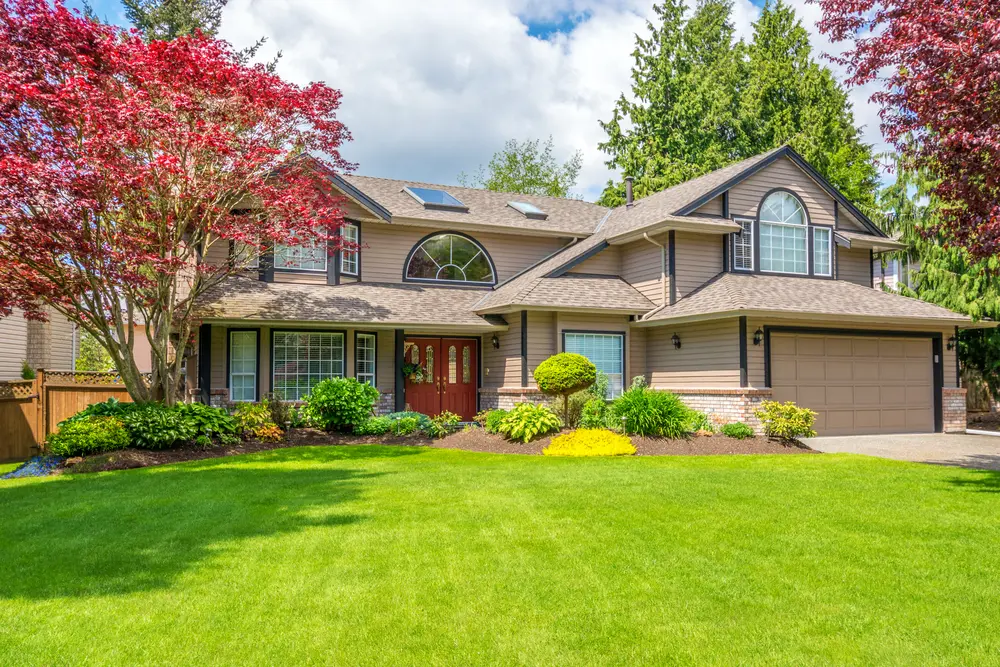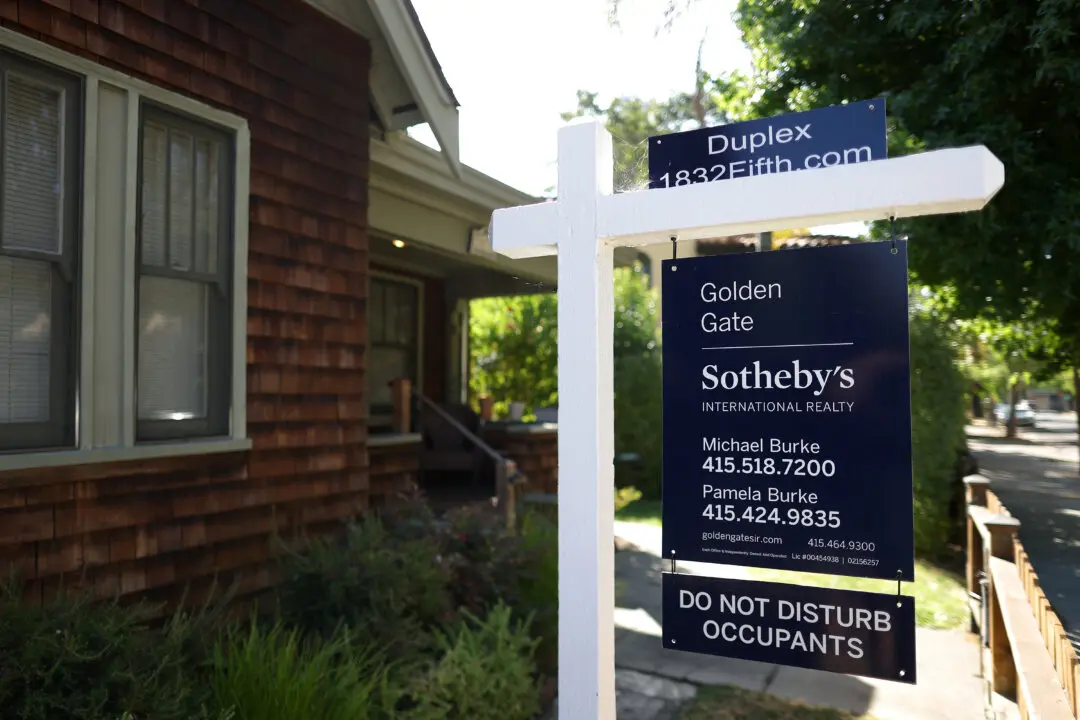While inflation runs rampant and mortgage rates continue to inch upward, many luxury home buyers are apparently unaffected as home prices are still escalating through the roof in affluent communities across the United States.
April stats from the National Association of Realtors (NAR) indicate that more than 20 percent of homes priced at $1 million or higher can be found in the West, while 6.7 percent of all sales of more than $1 million were located in the Northeast. More than 4.5 percent of $1 million-plus home sales were in the South, and a mere 1.7 percent were in the Midwest.





